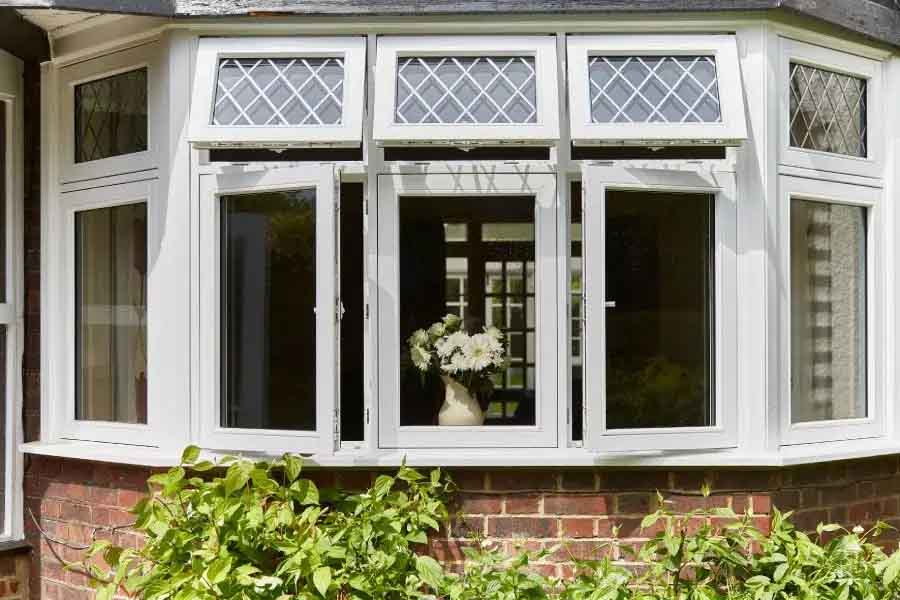CIBSE AM10 and Natural Ventilation [Updated 2024]
CIBSE AM10 "Natural ventilation in non-domestic buildings" provides guidance on the design of natural ventilation systems and covers a range of topics including the principles of natural ventilation, design calculations, thermal comfort, air quality and control strategies. It aims to help engineers, architects and designers create buildings that are comfortable for occupants, energy-efficient and environmentally friendly by using natural means to ventilate spaces rather than relying solely on mechanical systems.
The manual is intended to be used as a reference for best practices and is often updated to reflect the latest standards, technologies and research in the field of natural ventilation.
It provides insights into the effectiveness of ventilation, control mechanisms, and the use of modelling and simulation in the design process. It also includes case studies to illustrate practical applications, discusses relevant regulations and standards, and offers guidance on the maintenance and operation of natural ventilation systems to ensure their long-term efficiency and effectiveness. You can buy the current version from CIBSE.
When will the CIBSE AM10 guide be updated?
Members of the CIBSE Natural Ventilation group have been proposing amendments to the CIBSE AM10 guide. The amendments are currently with CIBSE for review. It was hoped that the revised AM10 guide would be released towards the end of 2023.
History of CIBSE AM10
1997: First Published
2005: Updated (including a design tool for IAQ analysis)
2024: Due to be Updated
[Update November 2024]
AM10 is currently with CIBSE awaiting publication, this is now expected to be in 2025.
[Update January 2024]
The updated version of AM10 is currently under review, the revised document is currently scheduled for release by Summer 2024.
Our tips for using natural ventilation
At ARM Environments we keep an eye on all building standards like AM10 so we can help our clients achieve IAQ compliance. Some of our advice on natural ventilation covers:
- Natural ventilation can be a great low energy way of ventilating a room, but if natural ventilation is deployed without due consideration, it can result in high energy use, or can result in insufficiently ventilated spaces.
- Many people associate natural ventilation with just opening a window, but there are many other forms it can take. Trickle ventilators in the heads of windows are an example of natural ventilation.
- Windows or dampers can be automatically opened in response to temperature or air quality, care needs to be taken in this instance to ensure that the control system is not constantly making tiny adjustments, as this would be distracting to occupants, a minimum time between changes should be selected to balance the needs of accurate control and distraction.
- Natural ventilation can be increased by wind, but this is not reliable as wind speed varies greatly. The most effective natural ventilation systems will use buoyancy in their favour (hot air rises, cold air falls). This can be achieved by incorporating high and low level openings. These could be windows, dampers behind weather-proof louvres or even penthouse enclosures placed high up on the roof for maximum effect.
- Cold draughts can be a problem with natural ventilation. Windows at low levels will often cause cold draughts if they are close to occupants. Changing the style of window (from top hung to bottom hung) can make an impact, or simply increasing the height of the window. In that instance, consideration needs to be given to the needs of the user who is supposed to operate the window, a telescopic winding handle may need to be incorporated into the design.
For more ventilation and energy efficiency tips, join our mailing list






